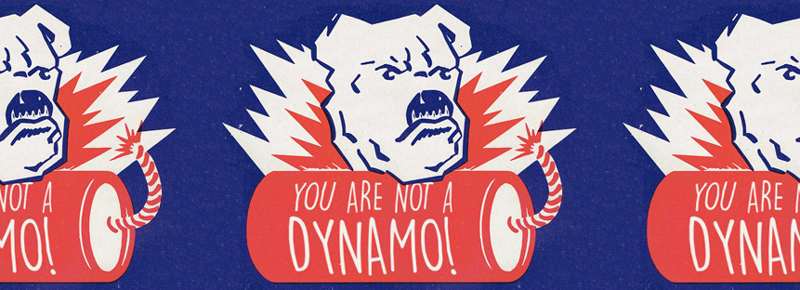Human Centric Business Process

When people write about something as miraculous as teamwork—the amazing, almost magical interplay between human beings—I hate when they use mechanical analogies like gears and clockwork. It’s so much more than that! So let’s use the analogy of a motor.
Anything that moves and does work (like a team) hates friction (in the wrong places). Friction causes heat. Heat causes swelling. Swelling causes weakness. Soon something breaks, there’s a chain reaction, and the whole thing collapses.
If you think back to high school physics (Stay with me here!), heat and motion are different expressions of energy. When energy is applied in the wrong way or place, it’s called waste. At work, systems like Six Sigma are designed to cut waste in processes. It’s helpful to think about 5 Dynamics as a systems methodology—like Six Sigma—except with one crucial difference.
Six Sigma focuses on reducing randomness, error, and waste in processes. It does not really look at people. 5 Dynamics does.
This analogy is useful if you’re trying to explain to someone what 5 Dynamics is, or just to get a handle on it yourself.
At some companies, people spend hours discussing office politics and promotions instead of doing valuable work. This is energy-to-waste on the salary expense line. At other places, systems are disjointed: “Marketing keeps bringing in unqualified leads” or “Scope requirements change right when we are about to release the product.”
Process problems like this don’t arise out of thin air. Rather, they are traceable to human beings who are fallible, who have blind spots and comfortable mental routines that might not fit the circumstances. It’s part of the human condition. How do you cut through that without bruising anyone?
For the past twenty or thirty years, American business have been swamped by process methods: Six Sigma, Lean Management, Lean Six Sigma, Agile Management, Business Process Re-engineering, Total Quality Management, Just-In-Time, Kaizen, Hoshin Planning, Poka-Yoka, Design of Experiments, and Process Excellence to name just a dozen.
All of these can add much value by reducing wasteful expenditure of resources. None of them, however, are designed to address the human actors in processes. Indeed, human-centric process problems—like opaque decision making, goal confusion, unresolved turf battles, clotted innovation activities, or execs who say, “It’s ALL equally important”—can undo all the progress made by traditional methods.
In fact, the most frequent complaint we hear in the field is, “I’m asked to do twice the work with half the resources. Nothing comes off the cart.” Now, you could produce a [Six Sigma prioritization matrix](http://www.sixsigmaonline.org/six-sigma-
training-certification-information/six-sigma-tools-prioritization-matrix/), but its inherent complexity can rapidly descend into disagreements over inputs, weights, and the like, getting you nowhere.
We suggest it’s helpful to have a simple, elegant, descriptive and common language to talk about the systemic process implications of decisions that are made (or sometimes delayed).
Thinking about 5 Dynamics in this way opens up to you a much larger potential value proposition. Companies that get the most out of their investment in our products use our methodology in this way. It’s a powerful way to identify and correct process problems in real time.


